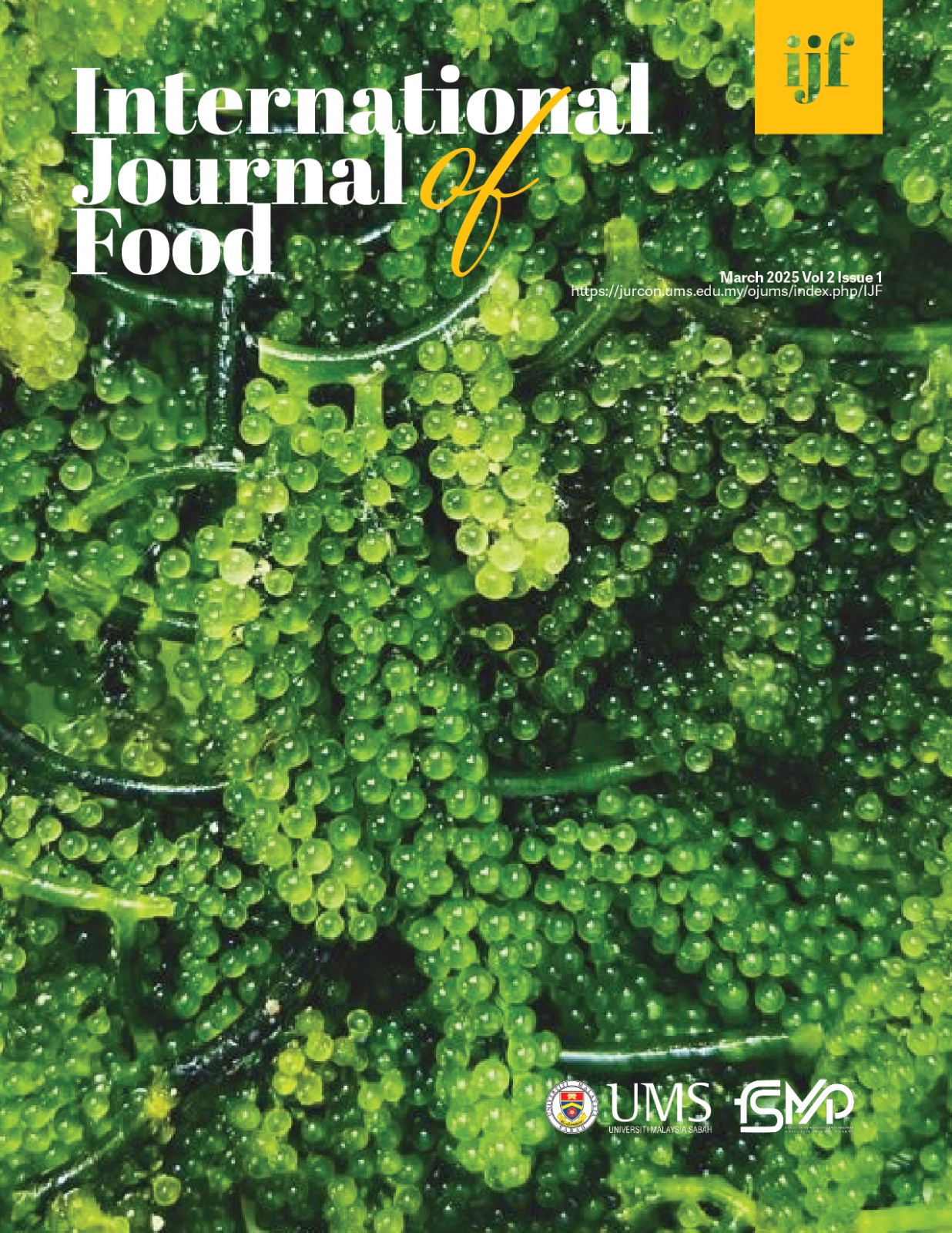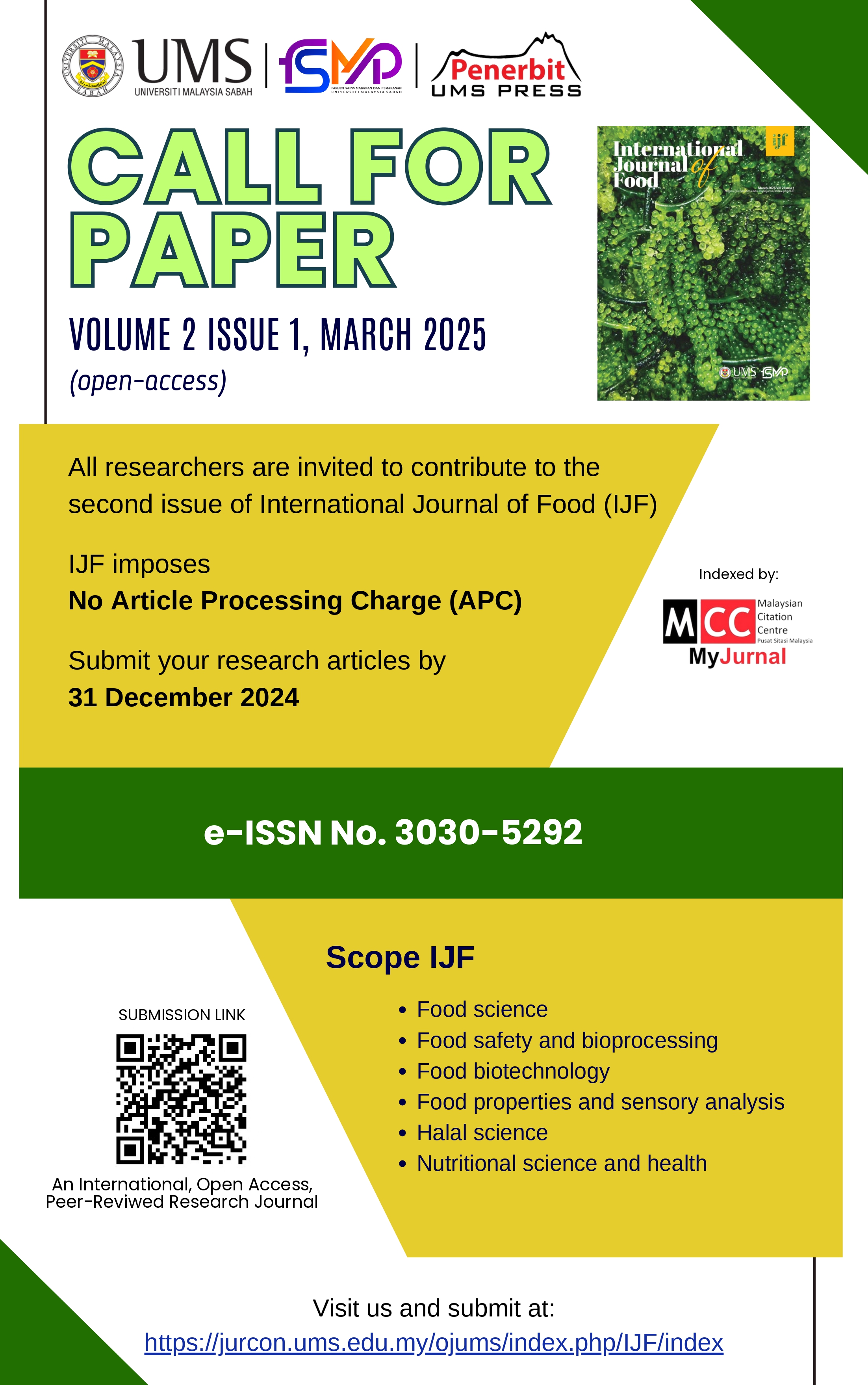Nutritional and Therapeutic Potential of Milk Thistle: A Review of Its Role in Liver Health and Beyond
Nutritional and Therapeutic Potential of Milk Thistle
Keywords:
antioxidant, anti-inflammatory, liver health, milk thistle, silymarinAbstract
The Mediterranean-native flowering herb milk thistle (Silybum marianum) has been utilized in traditional medicine for more than 2,000 years, mainly for its anti-inflammatory, antioxidant, and hepatoprotective qualities. In contemporary medicine, it is acknowledged for its therapeutic potential, especially for promoting liver function, and is called "oont katara" in Urdu. Plant seeds include an active component called silymarin, which shields liver cells from inflammation, oxidative stress, and toxins. Its efficacy in treating liver problems such as cirrhosis, hepatitis, and fatty liver disease has been shown by research. Because of its anti-inflammatory and antioxidant properties, milk thistle may help treat diabetes, heart disease, and some types of cancer in addition to liver function. This review will explore the nutritional and therapeutic potential of milk thistle, its bioactive constituents, its mechanism of action, therapeutic uses, safety profile, and dosage recommendations.






